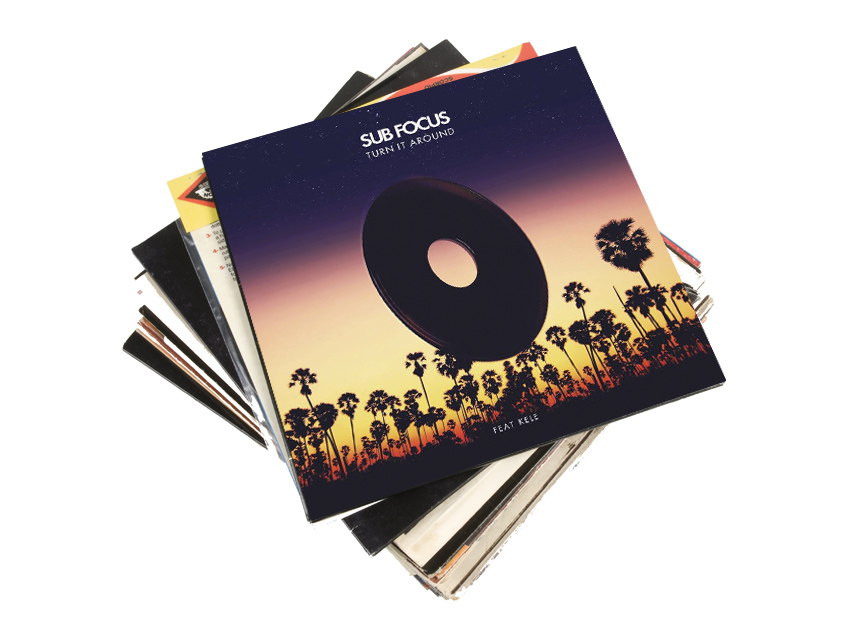
Talking Torus
During the noughties, Sub Focus (AKA Nick Douwma) dominated the DnB scene with a slew of dancefloor anthems such as X-Ray, Airplane and Timewarp. In 2009 he consolidated his position as one of the genre’s most capable producers with his eponymous debut album, which included several departures from DnB in the form of electro-house and dubstep tracks.
Sub Focus’s second long-player, Torus, is finally ready to be unleashed - it'll be released on 30 September - and features an even wider array of styles. It includes an excursion into ambient drumstep, and even an '80s-style power ballad.
We caught up with Nick and asked him to take us through the new album track-by-track.

Torus
“This began as an intro for the new live show I launched in 2012. I wanted a brand new track to start the show off, and thankfully it worked well and I’ve used it as an intro ever since.
“The beginning of the song samples the Halt tape, which is a famous audio recording of a UFO sighting. It’s an incredible recording, and the guy has got a real sense of wonder in his voice. I remember years ago, I think it was Photek who used it in a tune - I was inspired to use it as if someone had spotted the Torus disc. It just fit the track name and the concept so well.”

Safe In Sound
“This uses a sample from the same track as Passion Pit’s Sleepyhead - it’s an old Irish folk song. I really love the sample and had a track that worked around it so well that I used it. I co-wrote a lot of it with a guitarist that I’ve been working with, so the intro is all live guitar, and I had a singer do some great stuff on it, too. It was a collaborative effort.
“My background has been making everything in a tune myself, so it’s nice to have different musicians working on different bits of each track, much like a conventional producer would.”
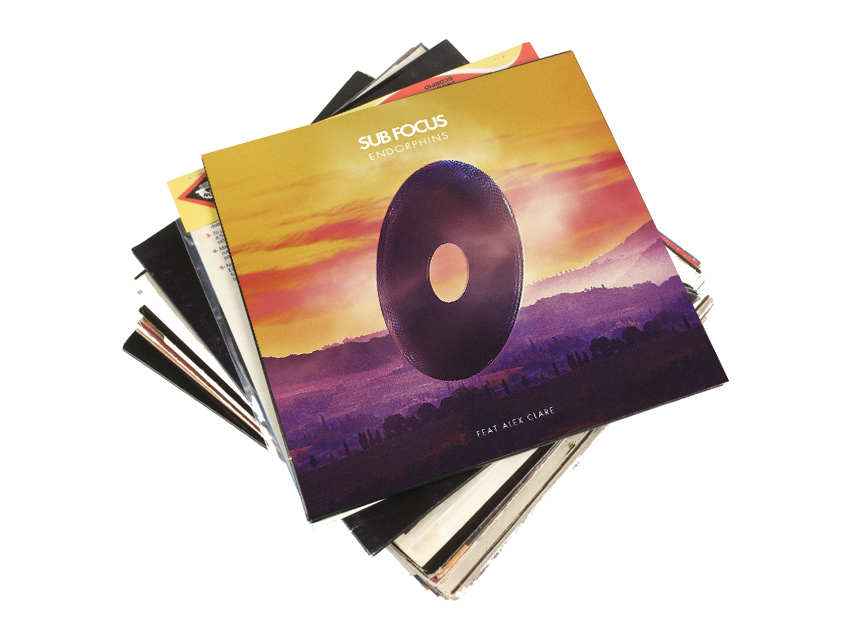
Endorphins Feat. Alex Clare
“I went though a lot of different versions of this track during its creation. I even had a female vocal on it at one point. As soon as Alex vocalled it, though, it really started to come together.
“He came over to the studio and in an afternoon it was done! It just took three hours to sort his part out. I think that’s a good sign - when you’re writing something and it comes together quickly. It’s like it’s meant to be! I’m a big fan of his vocal - he’s got a great voice.”
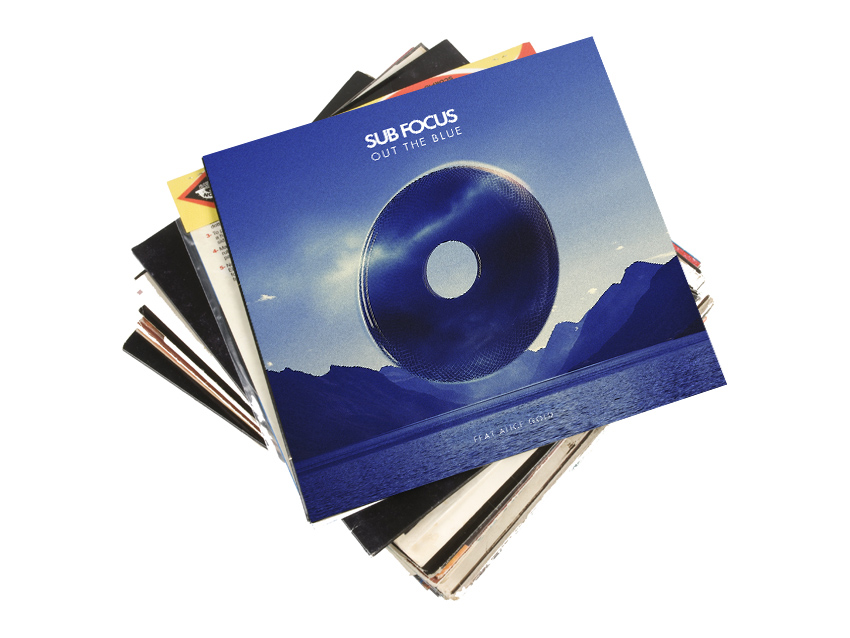
Out The Blue Feat. Alice Gold
“This song was one of the first that I wrote for the record. Something I’m known for is big, hooky lead lines, so that was something I definitely wanted to represent on the album.
“I think the lead was a Massive patch that I made. I’d been playing this one in my sets for a long time, and eventually vocalled it with Alice. I tried a few different vocals on it to start with, but her voice really took it to the next level and made it into a finished song.”

Twilight
“A lot of the tracks on the album developed in weird ways - this was originally a deeper DnB song. As the album was coming together I realised I didn’t necessarily need more tracks of that tempo and that kind of feel.
“One night I really got inspired to make it into something that had a DnB tempo but was deeper and softer. I wanted to get that variation across with the record, and it made sense for this to be a much sparser, lower moment in the record. I wanted to make sure I built in a few of those.”
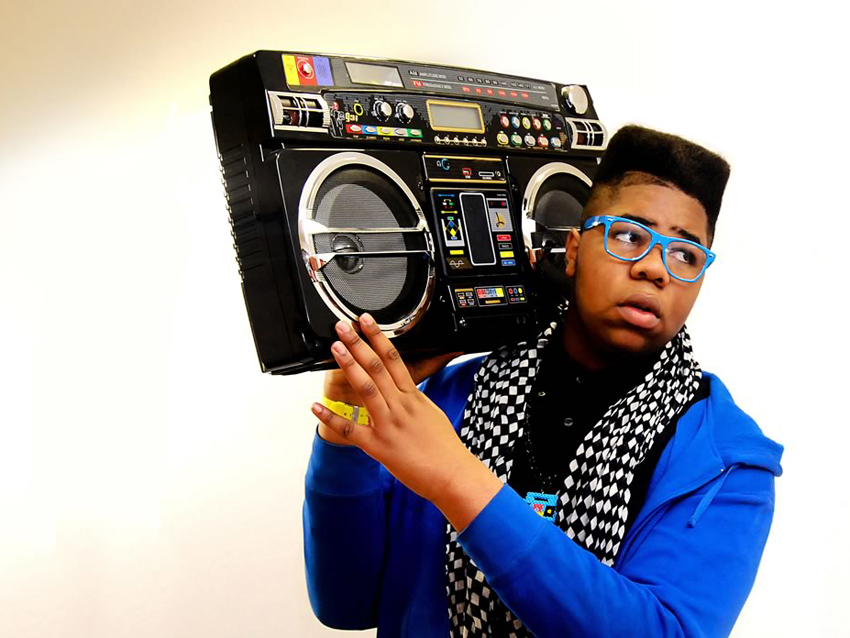
Close Feat. MNEK
“This track came together quite quickly towards the end of writing the record. I had some house ideas and I did a session with the singer MNEK. He came up with some amazing ideas for it. It was basically a long breakdown for ages, with him freestyling different things over it. It worked so well that the track came together really quickly.
“It felt like it was a different side of the sort of music that I like. I really enjoy a lot of deeper house and techno, so it was good to get something that was a little bit less full-on in there.”

Turn It Around Feat. Kele
“I wanted to do a track that felt like indie electronica. I’m a big fan of people like Friendly Fires and Passion Pit, so I wanted to incorporate that feel.
“The lead patch is one that you hear quite a bit this days - it’s a retro-sounding synth that’s just really simple, quick pitch modulation on a saw wave.
“Kele’s vocal was a big part of this song coming together. It’s been a big ambition of mine to work with him for a long time. He’s got an amazing, emotive voice that works really well in dance music.”

Out Of Reach Feat. Jayelldee
“I’d been listening to a lot of Jamie XX’s production and Joe Goddard’s stuff as well. I was hearing a lot of ethnic instruments - kalimba and steel drums and stuff like that. So I downloaded a lot of sample packs of different types of tuned percussion and created a loop. That’s where this song started from.
“I didn’t worry too much about the sound selection - it was nice to do something that felt a lot more like it was made with real instruments. That was another balance that I was trying to strike - a bit of variation in the type of instruments used.”
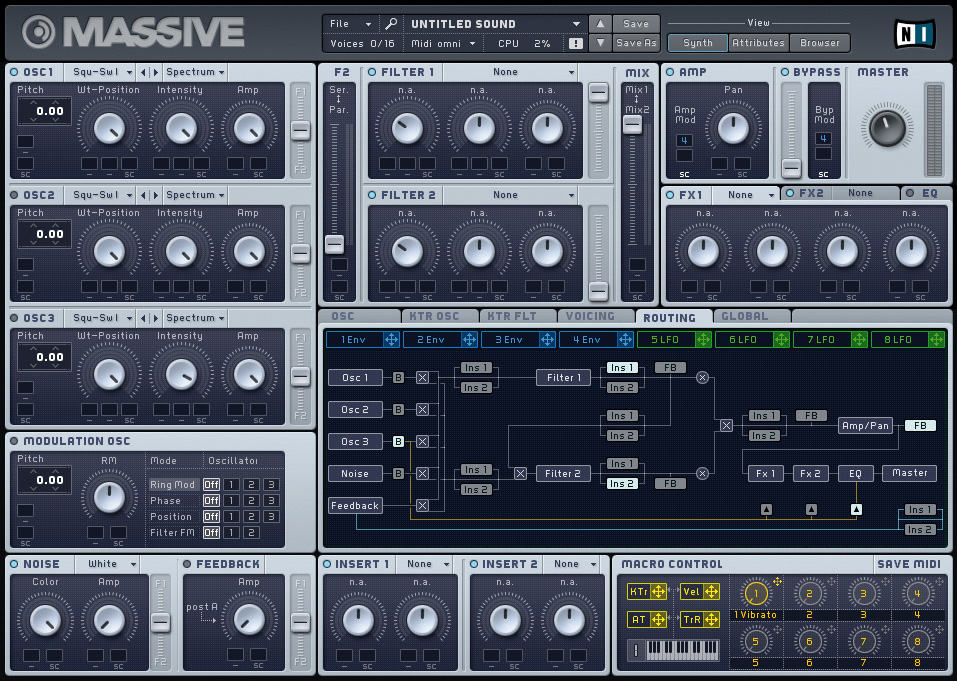
Falling Down Feat. Kenzie May
“There’s nothing too complicated on the dubstep sounds, just some bit-crushing. I used some formant filtering on top of some of the patches. There's quite a bit of [NI's] Massive and some FM8.
“This tune began with the synth chords in the breakdown. This was originally something that I wrote for the track that I did with Chase & Status on their last album called Flashing Lights. I really loved the part, but we decided that it didn’t fit, so it was left over. This tune stemmed from there.”

Turn Back Time
“I’ve been doing a lot of sampling from the early '90s. There are quite a few acapellas that you can find; I’d really geek out and find out which versions of the original releases had the acapella on them, then try and buy the vinyl or CDs online to get the highest quality versions possible.
“That’s how this track started - by chopping these up, and coming up with ideas from there. It ended up with me getting session musicians in to recreate some of the samples, which really freshened up the song.”

You Make It Better Feat. Culture Shock & TC
“James from Culture Shock is a good friend of mine, and when we were out one night I invited him to the studio to take a listen to some of the album. We started working on an idea that I’d had that I hadn’t really got anywhere with and was just a loop. James and I worked out how to turn this loop into a full tune.
“I’ve been trying to push a much more housey sound within dubstep and DnB tempos, and this is trying to represent that. TC did the vocals for this, which he sent over the internet.”
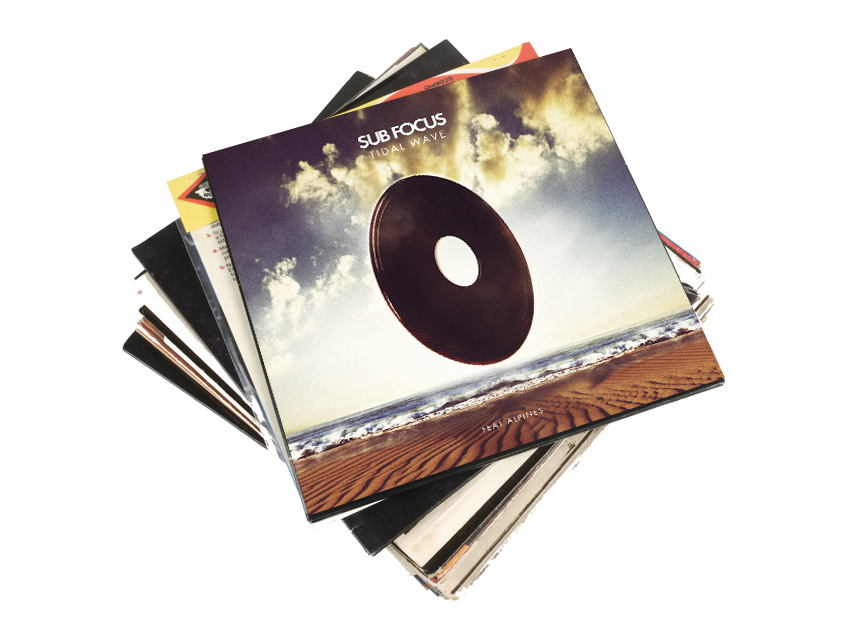
Tidal Wave Feat. Alpines
“How do I get a punchy drum like this? Well, I do some sidechaining, but I don’t really go to town - it’s largely just down to sound selection.
“Another trick I use is mix compression on all my mixes: I’ll have a compressor on the entire mix, and have the drum hits very slightly louder than they need to be. So, when you put a compressor over the whole mix it brings them in and makes them the right level. It compresses them more than everything else. A lot of the fine-tuning in my mixes is deciding how loud I put the mix into the compressor.”

Until The End Feat. Foxes
“This has an' 80s influence for sure. I wanted it to have that “end of a film” kind of quality to it. I was influenced by the soundtrack of Drive and things like that. I wanted to get the feeling of the end of a journey across in the melodies of the song.
“At one point I did a version of the track with a lot of dancefloor elements in it, but I felt that it worked so much better with the beats being original drum machine sounds and the synths being more of that time.”
"At first the tension was unbelievable. Johnny was really cold, Dee Dee was OK but Joey was a sweetheart": The story of the Ramones' recording of Baby I Love You
"Reggae is more freeform than the blues. But more important, reggae is for everyone": Bob Marley and the Wailers' Catch a Fire, track-by-track
"At first the tension was unbelievable. Johnny was really cold, Dee Dee was OK but Joey was a sweetheart": The story of the Ramones' recording of Baby I Love You
"Reggae is more freeform than the blues. But more important, reggae is for everyone": Bob Marley and the Wailers' Catch a Fire, track-by-track



![PRS Archon Classic and Mark Tremonti MT 15 v2: the newly redesigned tube amps offer a host of new features and tones, with the Alter Bridge guitarist's new lunchbox head [right] featuring the Overdrive channel from his MT 100 head, and there's a half-power switch, too.](https://cdn.mos.cms.futurecdn.net/FD37q5pRLCQDhCpT8y94Zi.jpg)





